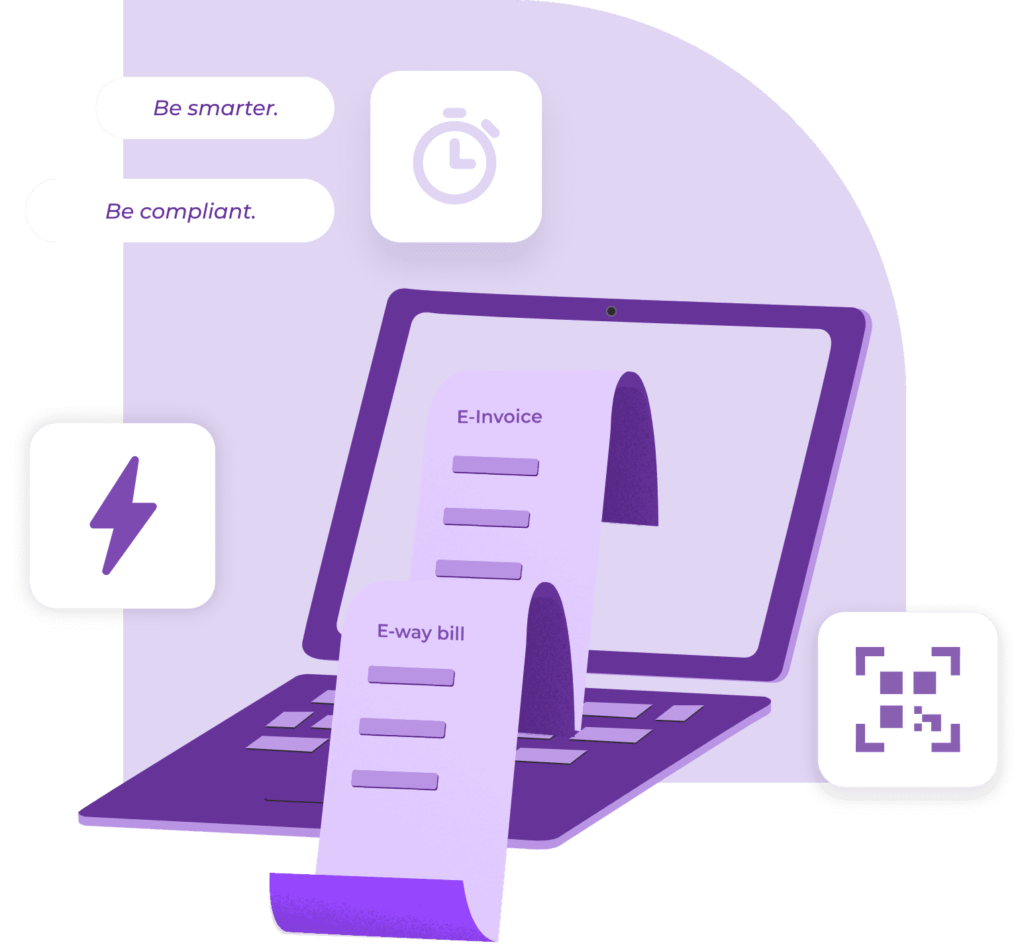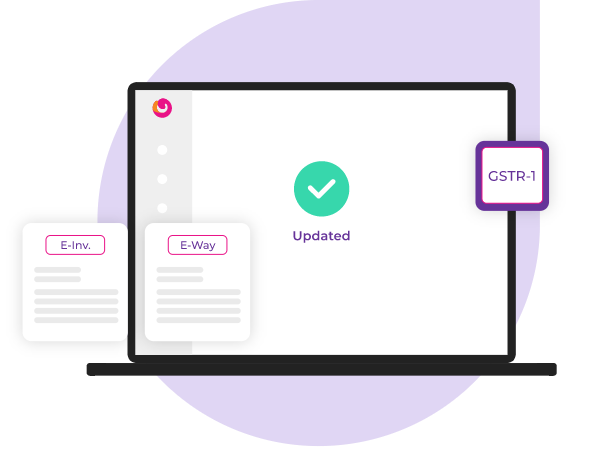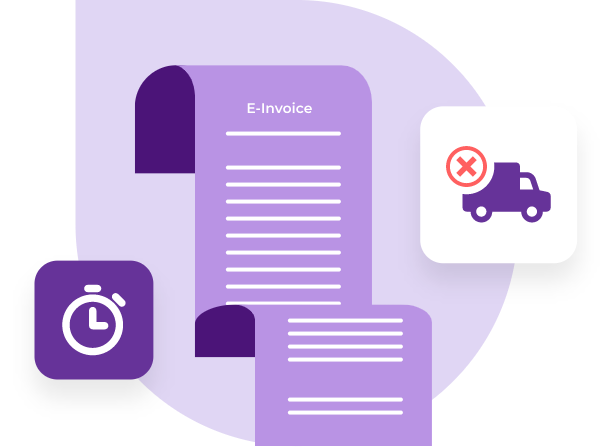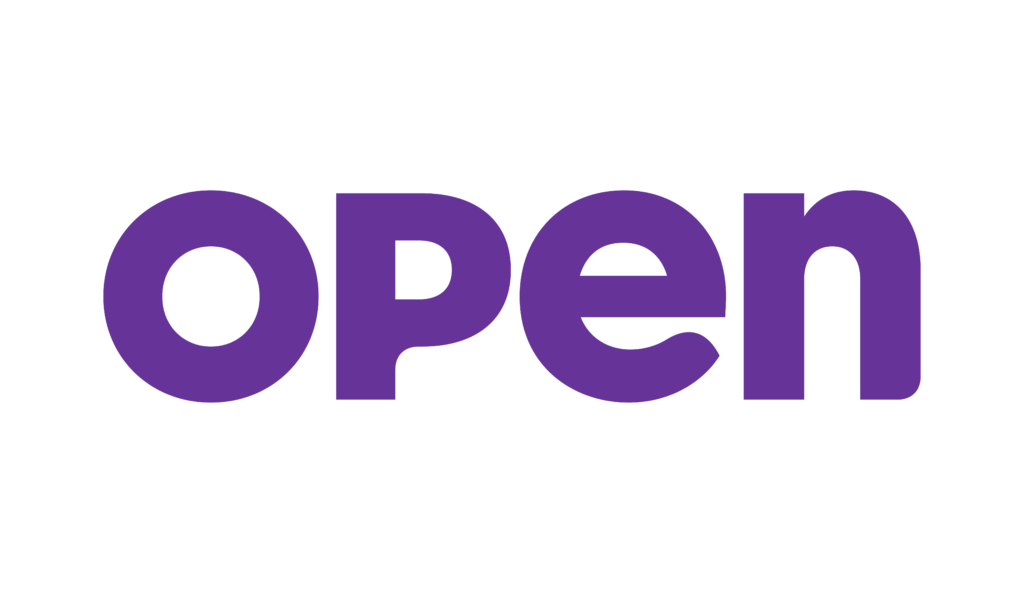Create e-Invoices in less than 1 minute
Ensure future-ready compliance for your business with the fastest e-Invoicing solution
- Generate 1000+ e-Invoices instantly
- One-click e-Invoice generation
- Get e-Invoice report with real-time updates

Make your B2B invoices compliant with the latest tax laws

Create
Manage
Track
Cancel
Authenticate B2B invoices electronically, generate complete and ready-to-use e-Invoices and achieve 100% compliance
A quick and reliable solution
Directly upload your invoices to the IRP via Open’s GSP integration in no time.


Prioritize compliance for your business
Maintain evidence and ensure transparency for tax return filing. Create e-Invoices/ e-Way Bills with auto-updated data in the e-Invoice report for GSTR-1 filing purposes.
Amend e-Invoices, ensure accuracy
Cancel any e-Invoice/ e-Way Bill within 24 hours of its generation directly from the e-Invoice report.


How Open simplifies e-Invoicing
- Generate IRN and QR code with auto-populated data
- Cancel e-Invoices incase of any wrong transactions
- Download/ print e-Invoices/ e-Way Bills for records
Backed by major banks





Our customers love us, you will too

Rated 4.7 on Capterra
So, you got yourself a great e-Invoicing solution, but you get a lot more with it!

Current Account with the simplest application process that’s built for your business.

Powerful expense management suite with VISA-powered Expense and Virtual Cards.
Payroll solution with salary disbursement, leave management, & 100% statuary compliance.
Automated reconciliation of all business transactions and integration with your existing accounting systems
Frequently Asked Questions (FAQs)
e-Invoicing, a.k.a Electronic Invoicing, is a process to make invoices more authentic and compliant for tax return filing purposes for B2B businesses. An e-Invoice consists of invoice data in a more structured visual presentation. With the adoption of e-Invoice systems, businesses can pre-populate the returns for filing purposes and get rid of reconciliation challenges. Businesses can share invoice data to the GST system by integration of IRP (Invoice Registration Portal) via GSP (GST Suvidha Provider) for validation.
e-Invoicing applies to all the businesses that are registered under GST and issuing B2B invoices in a phased manner as discussed above. From April 1st, 2022, every business crossing an aggregate turnover of over ₹20 Cr. from any preceding year after FY 2017-18 to 2021-22 is required to follow the current e-Invoicing guidelines. The aggregate turnover includes all GSTINs under a single PAN across India. If the turnover in the last FY was below the threshold limit but it increased beyond the threshold limit in the current year, then e-Invoicing would apply from the beginning of the next financial year.
Irrespective of the turnover, e-Invoicing shall not apply to the following categories of registered businesses for now –
1. An insurer or a banking company or a financial institution, including an NBFC
2. A Goods Transport Agency (GTA)
3. A registered person supplying passenger transportation services
4. A person supplying services by way of admission to the exhibition of cinematographic films in multiplex services
5. An SEZ (Special Economic Zone) unit
6. A government department and local authority.
1. All the invoices generated by suppliers can be tracked in real-time by enabling e-Invoice.
2. Major gaps in data reconciliation are plugged, resulting in reduced errors and data mismatch instances.
3. e-Invoices created on one software can be read by another, helping reduce fraudulence.
4. Details of invoices get auto-populated for returns, making the filing process seamless.
5. Information procurement at the transaction level minimizes the possibility of audits by tax authorities.
6. The QR code on the e-Invoices provides access to the eligible GST invoices.
e-Invoicing currently applies to:
1. Supplies to registered persons (i.e., B2B supplies),
2. Supplies to SEZs (with/without payment of tax),
3. Exports (with/without payment of tax), and
4. Deemed exports
The documents that will be covered under the e-Invoicing system are as follows-
1. Invoices by the supplier
2. Credit notes by the supplier
3. Debit notes by the recipient
Any other document as notified under GST law to be reported as an e-Invoice by the creator of the document
An e-Invoice structure includes both mandatory and optional fields. Mandatory fields are those which are compulsory for an invoice under the e-Invoice standard. Optional areas are those which can be classified as per business requirements.
The maximum number of items in an e-Invoice is 1000. All mandatory fields have to be filled in for filing e-Invoices on IRP. A mandatory field without value can be reported as NIL.
Basic details required –
1. Supplier’s information
2. Recipient’s information
3. Invoice item details
4. GST details
No, e-Invoice does not apply to nil-rated or wholly-exempt supplies as in these cases, only a bill of supply is issued and not a tax invoice.
Download the QR Code Verify app and verify the QR code printed on the e-Invoice.
An e-Invoice can only be fully canceled. It cannot be partially canceled. Also, the e-Invoice must be canceled within 24 hours of its generation, otherwise it needs to be manually canceled on the GST portal in the GSTR-1 return, before the same is filed. Moreover, once an IRN is canceled, the same invoice number cannot be used again to generate another invoice. If used again, the IRP will reject the same.
Open’s e-Invoicing solution helps businesses seamlessly connect with the IRP system and generate e-Invoices in a single click. Businesses can enable e-Invoicing to easily generate e-Invoices and also import the existing invoice details on Open fetch, generate, cancel, print the e-Invoice details (QR code, IRN, Acknowledgement date and status). This helps them manage e-Invoice requirements without much changes to the business process.
